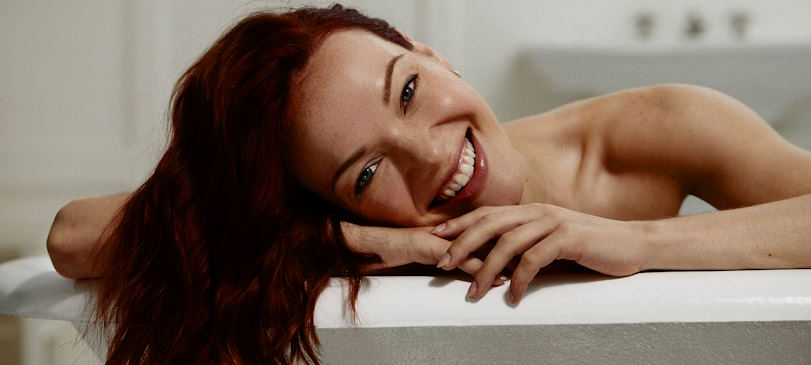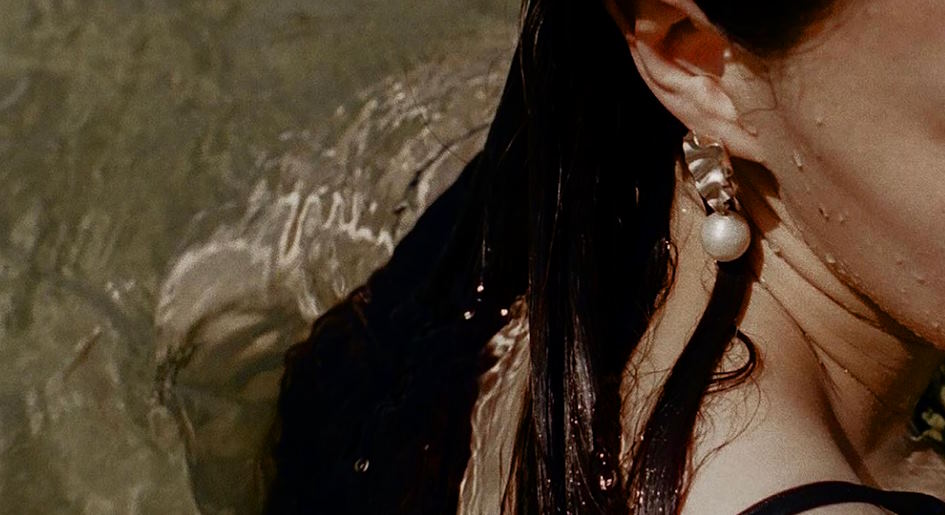The Art of Proper Hair Washing: Techniques for Clean and Healthy Hair

Clean and healthy hair is not just a matter of genetics; it is an art that requires the right techniques and care. Proper hair washing plays a pivotal role in maintaining the overall health and appearance of our precious locks. Unfortunately, many of us unknowingly commit common mistakes that can lead to dullness, dryness, and even damage. Get ready to unlock the secrets to luscious locks as we guide you through the art of proper hair washing.
Proper Hair Washing Techniques
Wetting the hair thoroughly:
Before you even think about applying shampoo, it’s crucial to wet your hair thoroughly. This step ensures that the shampoo can penetrate and cleanse your strands effectively. Start by rinsing your hair with lukewarm water, allowing it to flow from the roots to the ends. Make sure every strand gets saturated, as this helps to loosen dirt, oils, and product buildup.
Applying shampoo correctly:
- Amount of shampoo to use:
Many people tend to use excessive amounts of shampoo, thinking that more is better. However, this can lead to product buildup and weigh down your hair. Instead, a coin-sized amount is usually sufficient for most hair lengths. Adjust the amount as needed, but remember that a little goes a long way.
- Massaging the scalp:
When applying shampoo, focus on massaging it into your scalp rather than the lengths of your hair. Use your fingertips to gently massage in circular motions. This stimulates blood circulation, helps to remove impurities from the scalp, and promotes healthy hair growth.
- Avoiding harsh scrubbing:
While it may be tempting to vigorously scrub your hair to achieve a squeaky-clean feeling, it’s best to avoid harsh scrubbing. This can strip away natural oils, leaving your hair dry and prone to damage. Instead, be gentle and let the shampoo do its job. A thorough yet gentle massage is sufficient to cleanse your scalp and hair.

Rinsing out shampoo thoroughly:
Once you’ve massaged the shampoo into your scalp, take the time to rinse it out thoroughly. Rinse your hair with lukewarm water, ensuring that no traces of shampoo are left behind. Pay extra attention to the roots and the nape of your neck, as these areas are more prone to product buildup. Proper rinsing prevents residue buildup, which can make your hair appear dull and lifeless.
Conditioning and Hydrating the Hair
Importance of conditioning after shampooing:
After shampooing, the next step in the art of proper hair care is conditioning. Conditioning is essential as it helps to restore moisture, nourish the hair, and maintain its overall health and manageability. It replenishes lost nutrients and seals the hair cuticles, leaving your strands smooth, shiny, and more resistant to damage.
Choosing the right conditioner for your hair type:
Selecting the appropriate conditioner for your hair type is crucial for optimal results. Whether you have dry, oily, damaged, or color-treated hair, there are conditioners designed to address specific needs. Look for products that are formulated to target your hair concerns, such as moisturizing conditioners for dry hair or volumizing conditioners for fine hair. Understanding your hair type will guide you in choosing the conditioner that will best nourish and enhance your specific hair needs.
Applying conditioner correctly:
- Focusing on the ends:
When applying conditioner, concentrate on the mid-lengths to the ends of your hair. These areas tend to be drier and more prone to damage. Apply a generous amount of conditioner and distribute it evenly through these sections. Avoid applying conditioner directly to the roots as it can weigh down your hair and make it appear greasy.
- Avoiding the scalp:
As mentioned earlier, it’s important to keep the conditioner away from your scalp. The natural oils produced by your scalp already provide moisture to the roots, and applying conditioner here can lead to excess oiliness. Instead, focus on the lengths and ends of your hair where hydration is needed the most.
Using deep conditioning treatments:
To further boost the health and hydration of your hair, incorporate deep conditioning treatments into your routine. These treatments are typically more intensive and provide a deeper level of nourishment. You can opt for store-bought deep conditioners or explore natural remedies like coconut oil or avocado masks. Deep conditioning treatments should be applied once or twice a week, depending on your hair’s condition and needs. They help repair damage, improve elasticity, and leave your hair feeling luxuriously soft and moisturized.

Common Mistakes to Avoid
Over-washing or under-washing:
One of the most common mistakes people make when it comes to hair washing is either over-washing or under-washing their hair. Finding the right balance is crucial for maintaining healthy hair. Over-washing can strip away natural oils, leading to dryness and potential damage, while under-washing can result in a buildup of dirt, oils, and product residue. Pay attention to your hair’s specific needs and adjust your washing frequency accordingly. Typically, washing your hair every two to three days is a good starting point, but it may vary depending on your hair type and lifestyle.
Using the wrong products:
Using the wrong hair products is another frequent mistake that can have negative consequences on your hair health. Different hair types require specific products to address their unique needs. For instance, using heavy, oil-based products on fine hair can weigh it down, while using lightweight products on dry, coarse hair may not provide enough moisture. Take the time to research and choose products that are suitable for your hair type. Look for labels that match your specific concerns, such as hydrating shampoos for dry hair or volumizing products for limp hair.
Applying excessive heat:
Excessive heat styling can wreak havoc on your hair, causing dryness, brittleness, and even breakage. While it’s tempting to use hot tools like flat irons, curling wands, and blow dryers for quick styling, it’s important to use them sparingly and with caution. Always use a heat protectant spray before applying heat to your hair, and opt for lower heat settings whenever possible. Additionally, give your hair regular breaks from heat styling and explore heat-free styling alternatives to minimize damage.
Neglecting scalp care:
While we often focus on the lengths and ends of our hair, neglecting scalp care is a mistake that can impact overall hair health. A healthy scalp provides the foundation for healthy hair growth. Neglecting proper scalp care can lead to issues such as dandruff, dryness, or excess oiliness, which can affect the condition of your hair. Incorporate scalp care into your hair care routine by gently massaging your scalp during washing, exfoliating occasionally to remove dead skin cells, and using scalp-specific treatments when needed.

